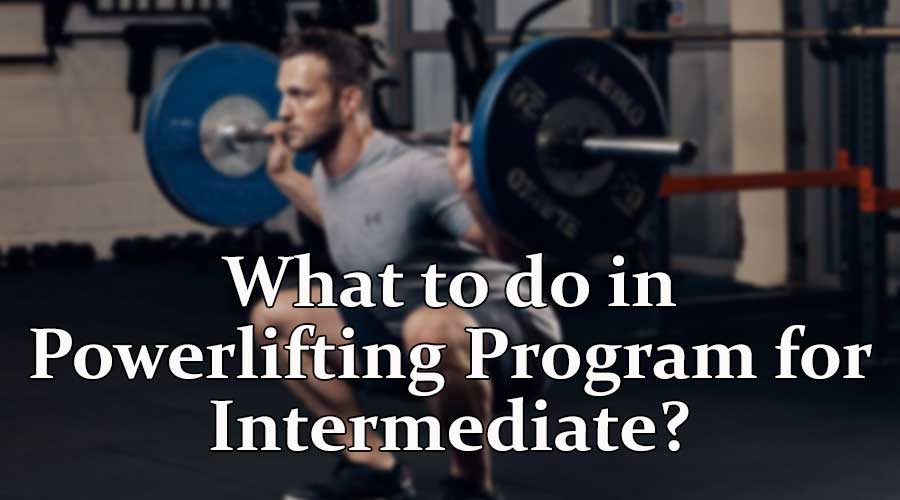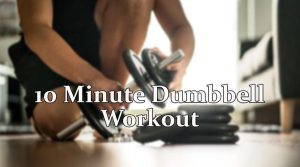Intermediate powerlifting is a great program for those looking to increase their strength and performance in the gym. It takes dedication and hard work to become successful, but with the right knowledge and guidance, anyone can make it to the next level. There are several key points to consider when starting an intermediate powerlifting program. First of all, proper form and technique must be learned in order for any progress to be made. It is important that you learn how to execute each movement correctly in order to maximize your results while minimizing any potential injuries. Secondly, it is essential that you understand how much weight you can safely lift at this stage of your training and never exceed these limits. Lastly, nutrition plays a large role in powerlifting success and must be taken into account when approaching an intermediate program. Ensuring adequate protein intake along with sufficient carbohydrates and fats will help ensure optimal performance during each session. This article will find out more about the basics of powerlifting programs for intermediate.
Contents
Powerlifting Basics
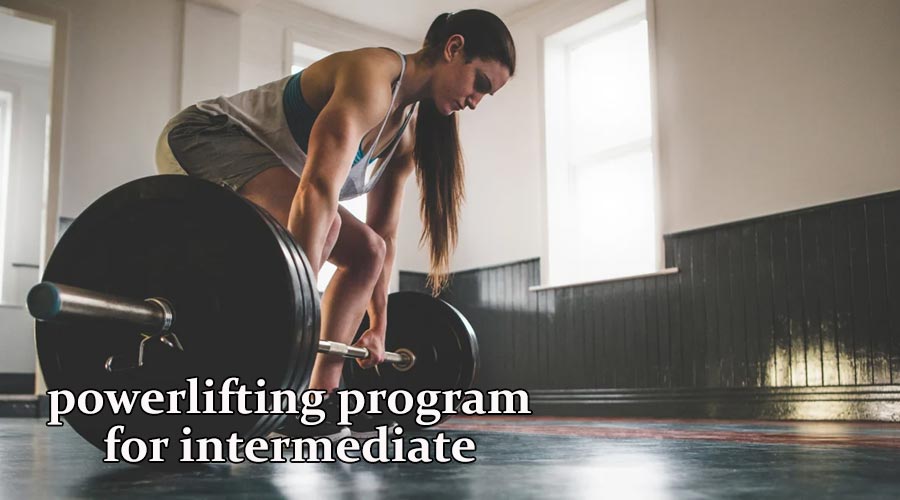
Powerlifting is an intense strength and conditioning sport that can be both beneficial and challenging for individuals of all ages. Powerlifting involves three main lifts: the squat, bench press, and deadlift. Each lift utilizes different muscle groups, allowing athletes to build balanced strength and muscle tone throughout their body. To partake in powerlifting, one should first become acquainted with the fundamentals of each lift by attending a local gym or seeking out professional instruction from qualified coaches and trainers.
It is important to learn the correct form to prevent injuries; good posture during each lift is essential for safety as well as performance. Knowing how to properly breathe while lifting will help with control over the barbells as they are being raised or lowered – inhaling on the lowering phase dampens fatigue while exhaling on the ascent helps generate more power when pushing through a difficult rep.
What is a Powerlifting Program?
A powerlifting program is a unique form of weight training that focuses on building strength and muscle mass. It uses compound exercises or exercises that involve multiple muscle groups working in unison, to increase overall strength and power. Powerlifting workouts typically include barbell squatting, deadlifts, overhead presses, and bench pressing. These exercises are performed with heavy weights for a low number of reps in order to maximize the amount of weight lifted per exercise.
By emphasizing maximum weight with low repetitions, powerlifting can be an effective way to build muscle quickly. Additionally, it helps athletes become more explosive by teaching them how to properly generate force against heavy weights for greater speed and agility during dynamic movements like jumping or sprinting.
What is the Goal of a Power Lifting Program?
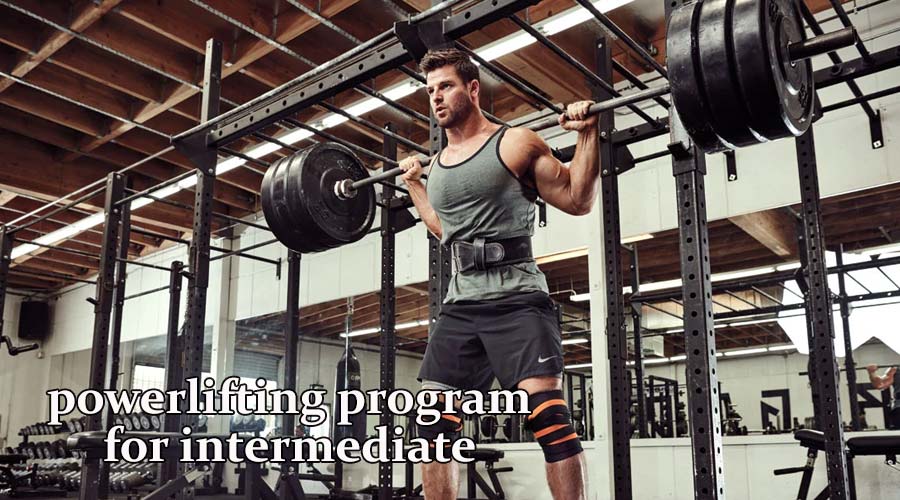
Powerlifting is a strength-training program that focuses on developing muscles for maximum performance. It requires dedication, discipline, and time to achieve the desired results. The goal of a powerlifting program is to help participants gain an increased level of strength and muscle mass. Through intense training sessions that involve heavy weights and low repetitions, powerlifters work to increase their muscle power by performing multiple compound exercises with free weights or machines.
The primary component of a powerlifting program involves lifting maximal loads through proper form while focusing on breathing techniques and proper body mechanics. Additionally, supplemental workouts such as stretching, core strengthening, plyometrics, and cardiovascular exercise are incorporated into the program in order to improve athleticism and muscular balance throughout the body. Powerlifters also focus on nutritional guidance in order to ensure they are providing their bodies with adequate nutrients for sustained growth over time.
Principles of Effective Powerlifting Program
One of the most important aspects of any successful powerlifting program is consistency. This means that one must plan out their workout routine, sticking to it day in and day out. Additionally, one must also work on their form to ensure that they are performing each lift properly while focusing on the muscle groups one wants to target during each exercise. A good powerlifting program should also include a variety of exercises and rep ranges so that muscles can be kept challenged without overworking them or leading to burnout or injury. Finally, rest days are essential for allowing muscles time to recover in order for growth and progress.
Furthermore, proper nutrition is crucial when it comes to maximizing results from a powerlifting program. Eating nutrient-dense foods as well as ensuring an adequate caloric intake will help with energy levels and strength gains throughout the duration of the program.
Program Structure of Powerlifting for Intermediate
Program structure for powerlifting at an intermediate level is essential in order to reach one’s full potential. It involves a combination of exercises and techniques that must be performed with great focus and dedication. The program should include compound exercises such as the squat, deadlift, and bench press, as these are the primary exercises used in powerlifting competitions. Additionally, accessory movements such as shoulder presses, pullups, rows, and overhead extensions should be included to help build strength and muscular balance in supporting muscles.
Conditioning work is also important to build endurance while avoiding injury. A combination of moderate-intensity activities like jogging or rowing can help with this goal. Interval training can also be incorporated into conditioning sessions depending on which sports require more explosive efforts.
Equipment Needs for a Powerlifting Program for Intermediate
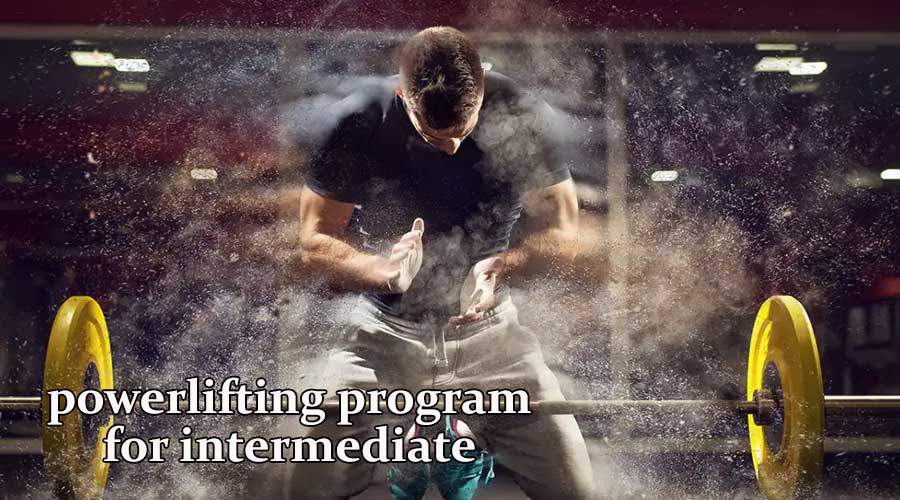
As an intermediate powerlifter looking to take my training to the next level, having access to the proper equipment is essential. There are several pieces of equipment that I need in order to ensure that my program is as effective and safe as possible. The most important piece of equipment for me is a power rack with a chin-up bar, adjustable safety spotters, and Olympic weight plates. This allows me to safely perform squats and other compound exercises such as bench presses and overhead presses. Additionally, if I am going to be doing any kind of deadlifting or rowing movements, I’ll need a good quality barbell and rubber bumper plates. A flat bench is also necessary for various pressing movements along with any kind of assistance work for my back muscles.
Training Split
As an intermediate powerlifting athlete, understanding how to set up a training split is essential for success in the sport. Building off of fundamentals learned as a beginner, an intermediate should focus on optimizing their training to maximize performance in competition. A popular split amongst intermediates is the three-day-a-week powerlifting program. This program focuses on one large muscle group per day, allowing for greater rest and recovery between workouts while providing ample time to dial in technique and mechanics as you progress toward your goals.
For example, Monday could be devoted to squatting and deadlifts with some accessory work such as good mornings or hamstring curls added in at the end of the session. Wednesday would then be focused on bench press variations like flat presses, inclines, and declines along with added shoulder pressing or lat pulldowns.
Exercise Selection
Exercise selection is an important factor to consider when creating a powerlifting program for intermediate lifters. It is important to select exercises that will target the necessary muscle groups while also providing adequate overload and progression. When designing a powerlifting program, key exercises should be chosen based on the individual’s goals, training experience, and technique.
The main exercises used in a powerlifting program for intermediate lifters should include variations of squatting, deadlifting, and pressing movements. Squatting variations such as back squats and front squats are both effective tools for targeting the legs, hips, and core musculature. Deadlifts such as conventional or sumo pulls can help activate the posterior chain muscles such as the glutes and hamstrings while developing strength in the entire lower body.
Intensity and Rest Period
As an intermediate powerlifter, it is important to understand the proper intensity and rest period for an effective program. Intensity can be described as the amount of effort or weight being used during a set and is key in creating adaptation and improvement. When beginning a program, I recommend starting at a moderate level of intensity (as determined by your own experience) before gradually increasing it over time. This allows your body to adjust to the new stimulus while minimizing the risk of injury.
The rest period is also important in helping you maintain the correct intensity level throughout your workout session. Rest periods can vary depending on the goals and focus of each exercise but should generally be between 45 seconds to two minutes for most sets for this level lifter. This will allow enough time for recovery without losing any progress made from previous sets, thus providing optimal performance from start to finish.
Nutrition and Supplements
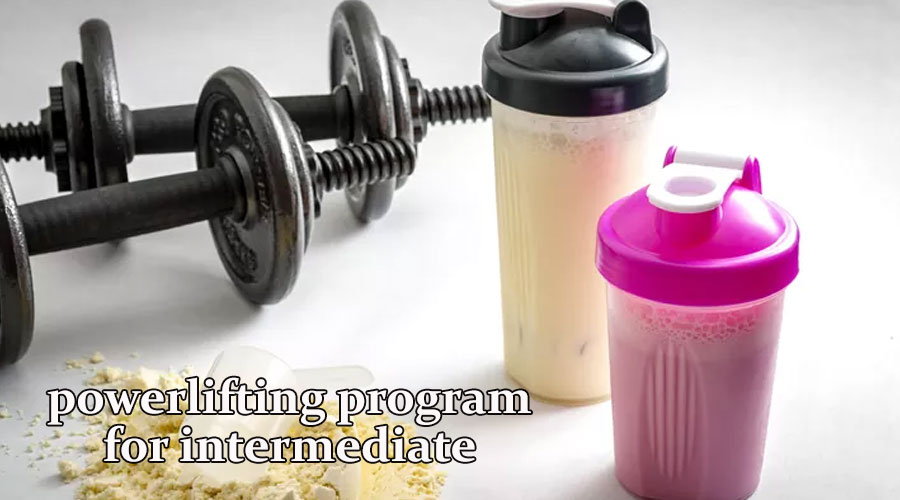
Having a nutrition and supplement program for powerlifting is essential for intermediate athlete to achieve their goals. Proper nutrition is key for optimal recovery, muscle growth, and repair. It’s important to realize that proper nutrition doesn’t mean just eating healthy; it also means consuming the right types of foods in the correct amounts. Protein intake should be set around 1-1.5 grams per pound of body weight, while complex carbohydrates should be consumed up to 4-5 grams per pound of body weight in order to support energy needs during workouts. Additionally, fats should account for at least 20% of daily caloric intake as well in order to ensure sufficient energy levels during training sessions as well as aid with the absorption of vitamins and minerals from other food sources.
Additionally, consuming adequate amounts of macronutrients (carbohydrates, proteins, and fats) is critical in order to fuel your body’s efforts during training sessions. As an intermediate lifter, you may want to consider incorporating dietary supplements into your routine. Supplements such as protein powders, BCAAs (branched-chain amino acids), creatine, and pre-workout products can help enhance performance and recovery time. When combined with proper nutrition, these supplements can help you achieve your goals faster than focusing on diet alone.
Conclusion and Tips to Maximize Gains
In conclusion, an effective powerlifting program for an intermediate lifter requires a comprehensive approach to maximize their gains. The program should focus on both short-term and long-term goals by incorporating multiple sets, exercise variation, and periodized training. It is also important to include adequate rest and recovery from workouts as well as follow a proper nutrition plan in order to support muscle growth and reduce the risk of injury. Furthermore, a knowledgeable coach or trainer may be beneficial in providing guidance about exercises, techniques, and forms which can help you reach your strength goals safely.
To maximize gains for an intermediate powerlifting program, it is important to strive for consistency with regular workouts that are tailored toward individual needs and abilities. Additionally, listening to your body is essential so that you do not overtrain or injure yourself while progressing toward more challenging lifts.

